
|
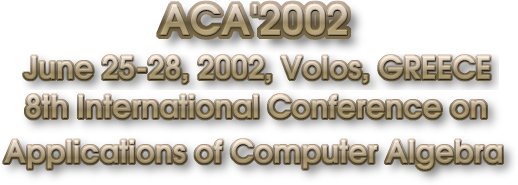
|

|
| Mirrors: University of Thessaly, Greece and UNM, Albuquerque, USA |

|

|

|
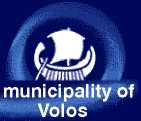 ACA'2002 will be held in the city of
Volos
in mainland Greece.
The logo of the city of Volos features Argo, the mythical ship of the Argonauts.
ACA'2002 will be held in the city of
Volos
in mainland Greece.
The logo of the city of Volos features Argo, the mythical ship of the Argonauts. The city of Volos is situated at the center of the Greek mainland, at an approximately equal distance from the country? s two main urban centers, Athens and Thessaloniki. Built at the innermost point of the Pagasetic Gulf and at the foot of Mount Pelion, it is the only outlet towards the sea from Thessaly, the country's largest agricultural region. The greater Volos area has a population of 120.000 and includes the Municipality of Volos with 80.000 inhabitants, the municipalities of Nea Ionia and Iolkos, as well as smaller suburban communities. From a population of 4.887 in 1881, Volos has increased its size twenty times within one century. A combination of the knowledge and skills of the craftsmen of Mt. Pelion, the labour force of Thessaly and investment from major centers of the Greek diaspora has enabled the city to develop into an important industrial center with the third largest port in the country. The economy of the city is based on manufacturing, trade, services and tourism. Volos is developing into a dynamic European city with a new and modern university, an active cultural life and varied opportunities for leisure and entertainment. The old town The "Kastro" of Volos -a walled town situated on the site of the present-day neighborhood of Palea, to the west of the city- was built in the mid 6th century AD. The same period saw the decline of the ancient city of Demetrias, a populous ship-building center for the construction of oared ships, which had been created by Demetrios Poliorcetes, king of Macedonia, through the union of several smaller towns. New methods of shipbuilding for the construction of small sailing ships grew up at several points along the coast of the Pagasetic gulf. Small-scale settlements predominated again in the communities which became established on the slopes of Mt. Pelion itself. Thus, a small harbour to the south of the Kastro sufficed for the distribution of produce from the Thessalian plain and Mt. Pelion, together with a small fort for its protection from marauding pirates. The Kastro came, in turn, under the jurisdiction of the late-Byzantine feudal lords, the Catalans and finally the Ottomans, when it ceased to be used as a fort. It was last attacked by the Venetian fleet in 1655. After this date the harbour began to grow in importance and, as warehouses were constructed around it, to develop into a port. On its eastern side, outside the Kastro, a residential neighborhood of Thessalian grain merchants grew up. From the mid 19th century, with the building of the new city of Volos, the Kastro was allowed to decline. At the end of the century its south and north walls were demolished and the maze of winding streets within the old town gave way to a ?modern? street layout. The new city After 1830 craftsmen from Mt. Pelion, together with other inhabitants from Greece and elsewhere in the Greek diaspora, began to build a new city along the coast to the south-east of the old town. Streets of shops, workshops and residences were built parallel to the sea and soon the consulates of the European powers were also established there. Due to its geographical position close to the border of the Greek state, the new city and its port soon prospered, with increasing trade and manufacturing activity and in 1881, when Thessaly and Volos were annexed to the Greek state, the city entered a period of renewed activity. The expansion of the port, with the addition of new facilities and the construction of the railway connecting Volos to the towns of the Thessalian hinterland, lent additional economic strength to the city. This economic development was accompanied by increased activity in the fields of construction and planning, including monuments and buildings in the characteristic neo-classical and modern style of the period. Famous architects embellished the city with grandiose churches like those of St. Nicolas, Metamorphosis and St. Constantine, which gave their names to their respective districts. The railway station, the large warehouses, the workshops, and the newly constructed factories employed styles of industrial architecture, commonly found in cities of central and Western Europe. The expansion of the new city proceeded rapidly and local manufacturing evolved into fully-fledged industry, chiefly in the fields of metallurgy, textiles, tobacco and tile-and-brickworks. A narrow-gauge railway line connected Volos with the villages of Mt. Pelion. Substantial investment allowed the metal works of Volos to supply agricultural machinery to Thessaly, the rest of Greece and the Balkans and in the first World War many of the tanks originated from factories in Volos. Following the expulsion of the Greek population from Asia Minor in 1922, a considerable influx of refugees arrived in Volos, contributing significantly to the progress of the region. In the interwar period the OLYMPUS cement factory was established to the east of the city and expanded its activity progressively on an international level. In 1955 strong earthquakes demolished the city almost entirely, destroying its previous architectural identity and necessitating the reconstruction, which was the starting point for its present appearance. The development of the city between the wars is closely connected with the establishment of the Industrial Estate, the upgrading of the port and the growth of tourism due to the geographical position of Volos at the center of a wider touristic region (Mt. Pelion, Northern Sporades, Euboea). |
 The conference will be hosted at the
University of Thessaly.
The logo of the University of Thessaly features a pictorial representation of a Centaur ...
The conference will be hosted at the
University of Thessaly.
The logo of the University of Thessaly features a pictorial representation of a Centaur ... With the foundation of the University, the city of Volos has rounded out its identity as a contemporary city and entered a new phase in its development. The character of the University was determined by the needs of the city and the region for trained specialists, in combination with contemporary ideas on the educational process. The relationship between Volos and the University is one of dynamic and creative interaction. The spontaneous atmosphere of student life spills over into the streets of the city and the vitality of the new residents brings a wealth of new ideas, enlivening the local youth and opening up new horizons. The functional integration of the University into the fabric of the city was achieved by the use of old, abandoned industrial and neoclassical buildings to house the facilities. The University of Thessaly is one of the newest institutions of higher education in Greece. Planned in the early 1970? s it was founded in 1984, and began operation in 1988. The University is comprised of four schools located in the cities of Volos, Larissa, Karditsa and Trikala in Thessaly, central Greece. Fourteen departments are distributed between the Schools, as described below. There are also two independent departments marking a total of 16 departments for the University. During the academic year 2000-2001, approximately 4.000 students enrolled the University School of Engineering (Volos) Department of Planning and Regional Development Department of Mechanical and Industrial Engineering Department of Civil Engineering Department of Computer Engineering, Telecommunications and Networks Department of Architecture School of Humanities (Volos) Department of Primary School Education Department of Nursery School Education Department of Special Education Department of History Archaeology and Social Anthropology School of Health Sciences Department of Medicine (Larissa) Department of Veterinary Medicine (Karditsa) Department of Biochemistry and Biotechnology (Larissa) School of Agriculture Department of Crop Production and Rural Environment (Volos) Department of Animal Production and Aquatic Environment (Volos) Independent Departments Department of Physical Education and Sports Science (Trikala) Department of Economics (Volos)
|
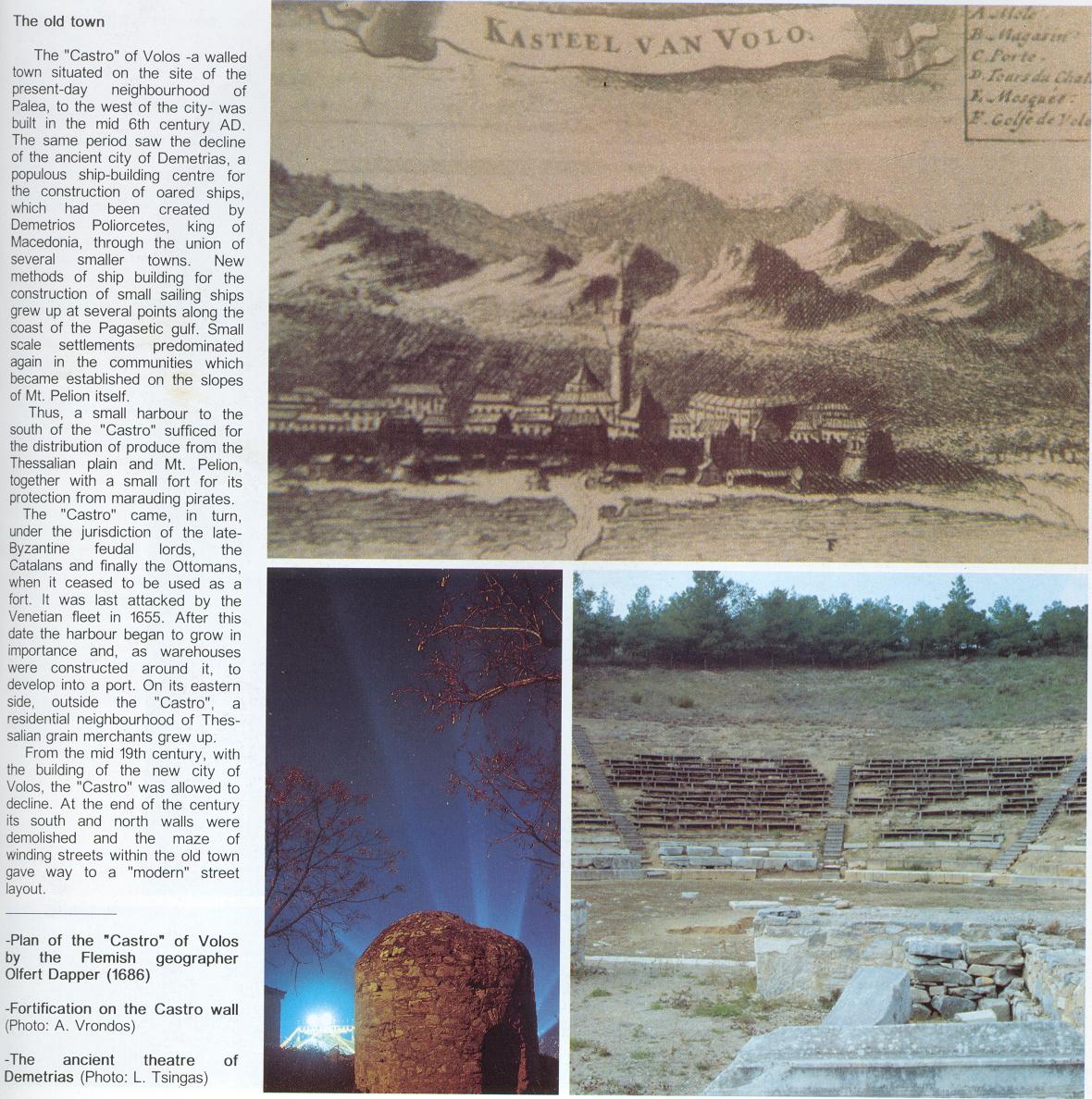
The train of Volos is part of the Friends of the World Treasures, an organization Launched by the World Federation of Unesco Clubs and Association within the framework of the "World Decade of Cultural Development" and under the auspices of UNESCO and the CONVENTION FOR THE PROTECTION OF THE WORLD CULTURAL AND NATURAL HERITAGE, the program "HERITAGE WORLD TREASURES" assumes the double aspect of conservation and valorisation of patrimony, tangible and intangible and the integration of development in a social and local economic perspective. The establishment of the network "FRIENDS OF THE WORLD TREASURES" favours the development of international cultural cooperation for the respect, the protection, and their mutual safeguarding of multiple cultural identities and their mutual understanding, source of an infinite richness of heritage for humanity. |
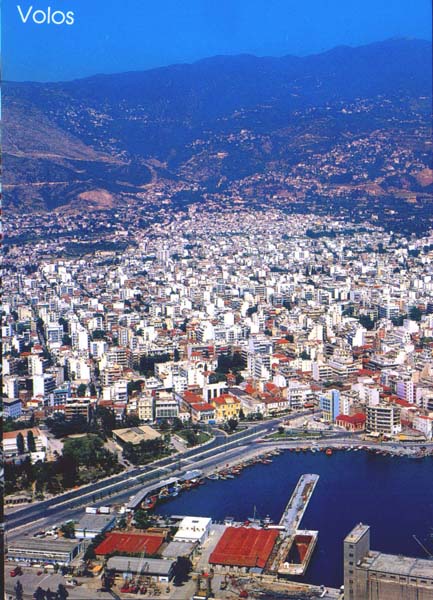 |
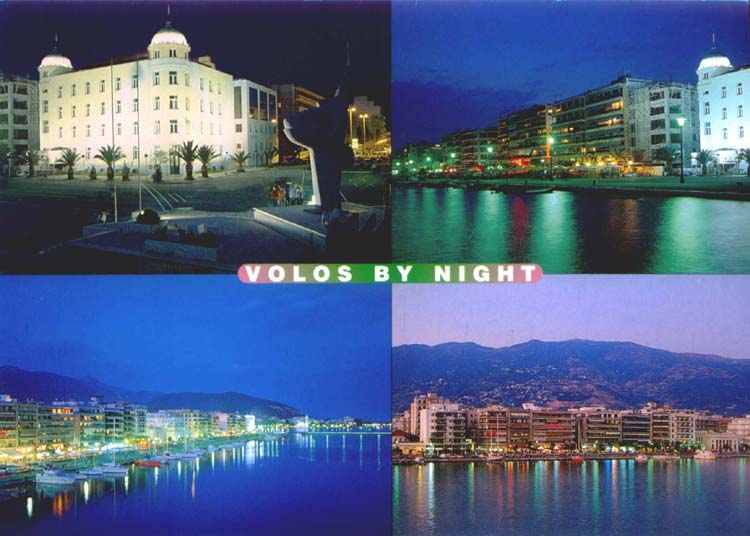 |
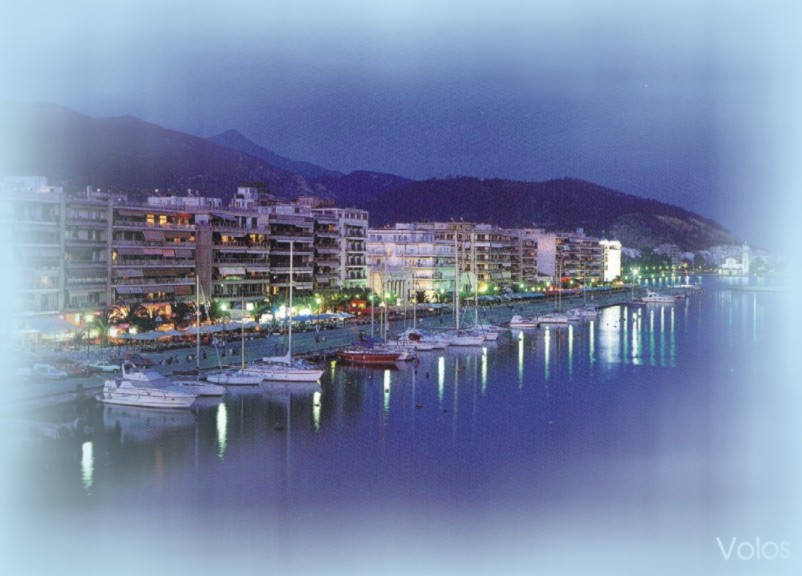 |
| Volos | Volos by night | Volos sea front |
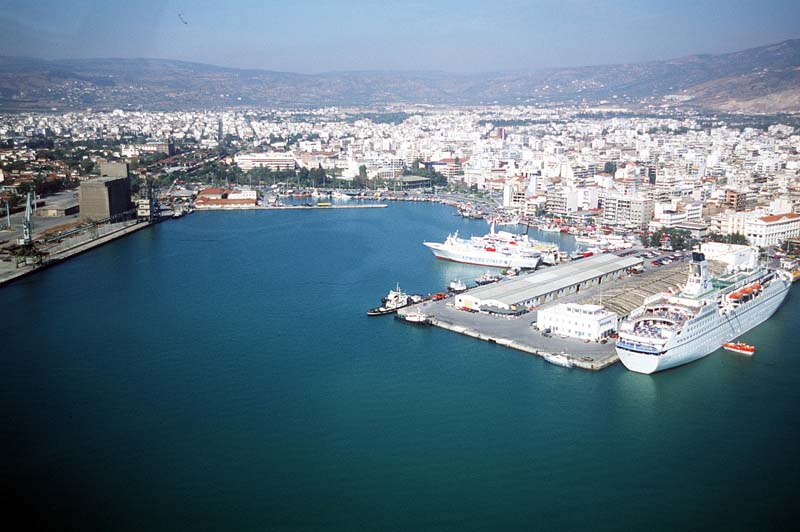 |
 |
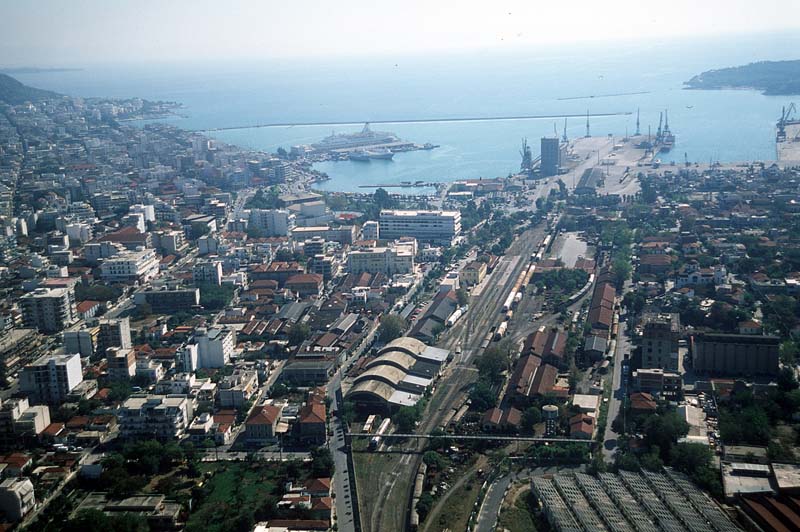 |
| Volos Port I | Volos Port II | Volos Port III |